Moon Night Mushroom (Tsukiyotake) - Omphalotus Japonicus
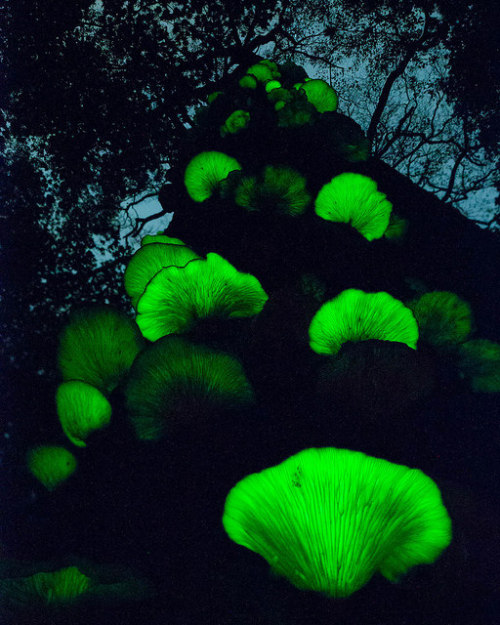
Moon Night Mushroom (Tsukiyotake) - Omphalotus japonicus
A spectacular photo of the bioluminescent fruiting bodies of the mushrooms scientifically named Omphalotus japonicus (Marasmiaceae), glowing in the darkness.
The glowing fungi grow on wood and their light is visible at night. Luminous higher fungi emit greenish light with a maximum emission in the range of 520–530 nm. A luminous taxon emits light in only a certain period of its life cycle; before and after that period, it generally does not glow.
Omphalotus japonicus is known from Japan and other sites in East Asia, where it is regarded as a poisonous mushroom.
Synonymous: Lampteromyces japonicus
References: [1] - [2]
Photo credit: ©Jun Kobayashi | Locality: Toyota-shi, Aichi Prefecture, Japan (2014)
More Posts from The-sleepy-chemist and Others

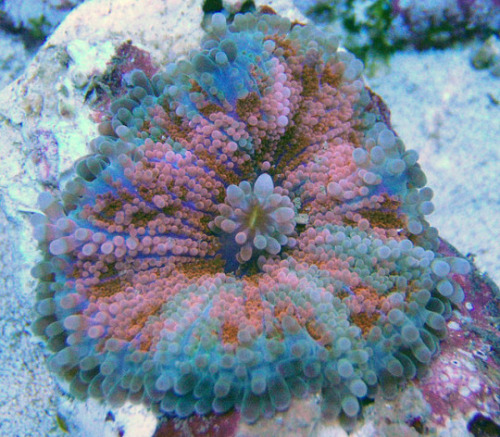
Flower Mushroom Coral - Ricordea yuma
Ricordea yuma (Corallimorpharia - Ricordeidae) is a species of soft coral belonging to a group commonly referred to as mushroom corals. These soft corals are very popular among aquarists due to their vibrant and varied color patterns.
Ricordea yuma is found in the tropical Pacific. Like other Corallimopharians, this one has the ability to rapidly colonize available substrate.
References: [1] - [2] - [3]
Photo credits: [Top: ©Felix Salazar | Locality: nano reef tank, 2008] - [Bottom: ©Scott Cohen | Locality: reef tank, 2009]

This week is Antibiotic Awareness Week – learn more about the different types of antibiotics with this graphic!
I Recently read About these amazing glow in the dark creatures in the newspapers and thought it was worth sharing 1. Saprobe Panellus Stipticus, Fungi:


Found in Asia, Australia, Europe and North America, the bio-luminescence emitted by the Saprobe fungi that grows on decaying wood...
Successful people dare to fail but refuse to be defeated by failure
(via aslam1)

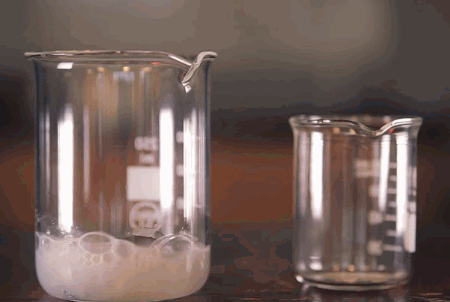
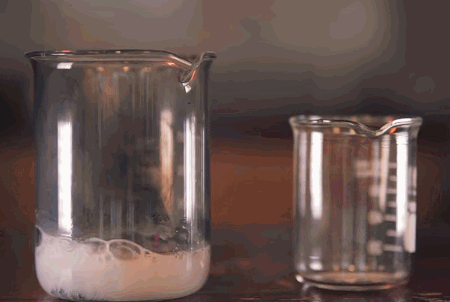
Calcium Carbide: Playing with Acetylene flames
Calcium carbide is a chemical compound with the chemical formula of CaC2. Its main use industrially is in the production of acetylene and calcium cyanamide.
The pure material is colorless, however pieces of technical-grade calcium carbide are grey or brown and consist of about 80–85% of CaC2 (the rest is CaO (calcium oxide), Ca3P2 (calcium phosphide), CaS (calcium sulfide), Ca3N2 (calcium nitride), SiC (silicon carbide), etc.). In the presence of trace moisture, technical-grade calcium carbide emits an unpleasant odor reminiscent of garlic.
Applications of calcium carbide include manufacture of acetylene gas, and for generation of acetylene in carbide lamps, manufacture of chemicals for fertilizer; and in steelmaking.
The reaction of calcium carbide with water, producing acetylene and calcium hydroxide, was discovered by Friedrich Wöhler in 1862.
Reaction with Water:
CaC2+ 2 H2O → C2H2+ Ca(OH)2
possible incomplete combustion occurring:
3C2H2 + 4O2 →2C + 3CO + CO2 + 3H2O
Giffed by: rudescience From: This video

Aurora - Nutirwik Creek, Brooks Range, Alaska | by Fred Wasmer
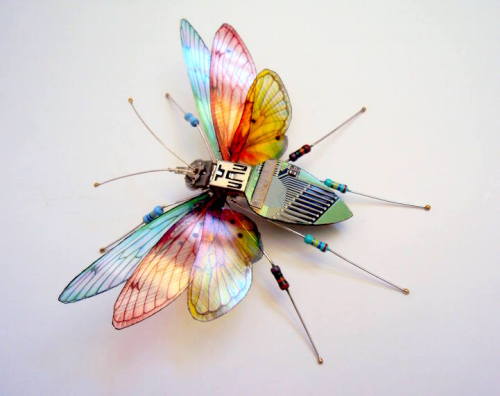
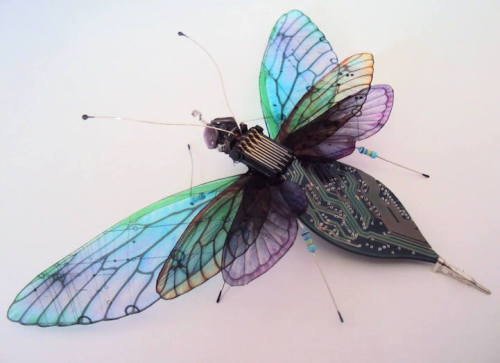
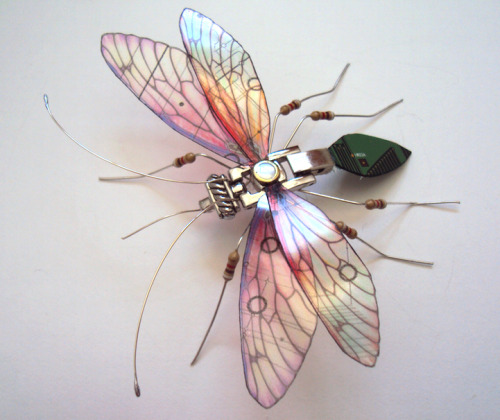
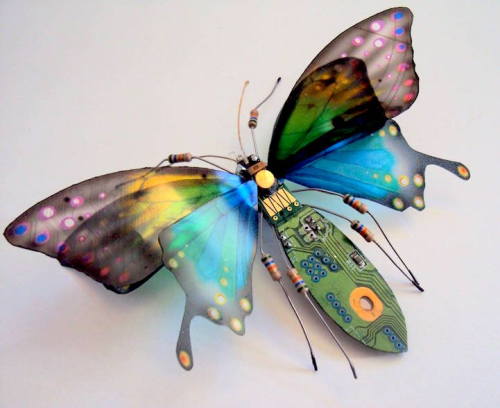
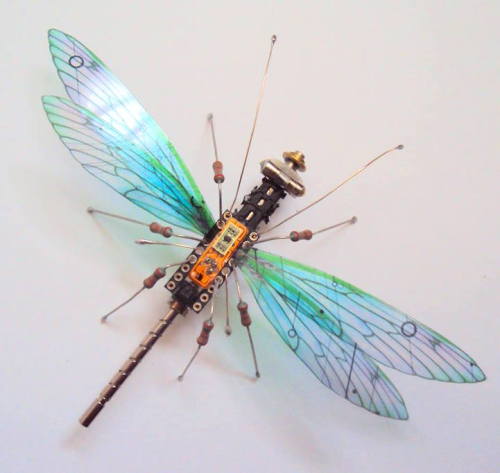
Beautiful Winged Insects Made of Discarded Circuit Boards by Julie Alice Chappell

Corrugated Liomera - Liomera rugata
This ultra-pinkish crab (actually magenta) is scientifically named Liomera rugata (Decapoda - Xanthidae), a species which inhabits in coral reefs of the Red Sea, Tahiti, Hawaii, Philippines, China Sea, Japan, India and French Polynesia. It is also commonly known as Corrugated Crab due to the visible granules that cover the surface of carapace.
References: [1] - [2]
Photo credit: ©Todd Aki | Locality: Hilo, Hawaii (2014)

COFFEE STAIN UNDER A MICROSCOPE
Vin Kitayama, an artist and environmental researcher, created this image from something fairly mundane: an evaporating drop of espresso. Kitayama placed the drop on a microscope slide and then snapped pictures through a polarized light microscope at 4× magnification. As the coffee dried, solid compounds that were dissolved in the coffee, such as caffeine and chlorogenic acid, started forming small crystals. In the polarized light, these crystals shimmered different colors. The image won 9th place in the Nikon Small World photomicrography competition.
Credit: Vin Kitayama
More Chemistry in Pictures and C&EN content:
U.S. Senators Push for Ban on Caffeine Powder
Caffeinated Cocrystals
Tweaking Coffee’s Flavor Chemistry
maybe if im under enough blankets, the Responsibilities wont be able to find me
-
 fogandfireflies liked this · 8 months ago
fogandfireflies liked this · 8 months ago -
 cookie4love2 reblogged this · 1 year ago
cookie4love2 reblogged this · 1 year ago -
 vamp-rabbit liked this · 1 year ago
vamp-rabbit liked this · 1 year ago -
 ounreriloboun liked this · 1 year ago
ounreriloboun liked this · 1 year ago -
 weirdwyvern liked this · 3 years ago
weirdwyvern liked this · 3 years ago -
 delsurxmanu reblogged this · 5 years ago
delsurxmanu reblogged this · 5 years ago -
 menta-poleo reblogged this · 6 years ago
menta-poleo reblogged this · 6 years ago -
 wildkiriya liked this · 6 years ago
wildkiriya liked this · 6 years ago -
 necrotizing-fasciitis reblogged this · 6 years ago
necrotizing-fasciitis reblogged this · 6 years ago -
 viceslunae reblogged this · 6 years ago
viceslunae reblogged this · 6 years ago -
 viceslunae liked this · 6 years ago
viceslunae liked this · 6 years ago -
 sacravia reblogged this · 6 years ago
sacravia reblogged this · 6 years ago -
 xeniasagitta reblogged this · 7 years ago
xeniasagitta reblogged this · 7 years ago -
 pasurlabouche-blog reblogged this · 7 years ago
pasurlabouche-blog reblogged this · 7 years ago -
 yuntheanimeson liked this · 8 years ago
yuntheanimeson liked this · 8 years ago -
 backupp liked this · 8 years ago
backupp liked this · 8 years ago -
 sayufav reblogged this · 8 years ago
sayufav reblogged this · 8 years ago -
 a-light-to-you-in-dark-places reblogged this · 9 years ago
a-light-to-you-in-dark-places reblogged this · 9 years ago -
 bliomexico reblogged this · 9 years ago
bliomexico reblogged this · 9 years ago -
 werevulvi reblogged this · 9 years ago
werevulvi reblogged this · 9 years ago -
 werevulvi liked this · 9 years ago
werevulvi liked this · 9 years ago -
 l-theshadowboy-l reblogged this · 9 years ago
l-theshadowboy-l reblogged this · 9 years ago -
 writingreminders reblogged this · 9 years ago
writingreminders reblogged this · 9 years ago -
 anxiolytica reblogged this · 9 years ago
anxiolytica reblogged this · 9 years ago -
 batshitcrayzee-blog reblogged this · 9 years ago
batshitcrayzee-blog reblogged this · 9 years ago -
 cephalopod-demigod reblogged this · 9 years ago
cephalopod-demigod reblogged this · 9 years ago -
 semhalm reblogged this · 9 years ago
semhalm reblogged this · 9 years ago -
 matrix-12 liked this · 9 years ago
matrix-12 liked this · 9 years ago -
 flyprodigy reblogged this · 9 years ago
flyprodigy reblogged this · 9 years ago -
 sevdolo reblogged this · 9 years ago
sevdolo reblogged this · 9 years ago -
 yoyobees reblogged this · 9 years ago
yoyobees reblogged this · 9 years ago
60 posts